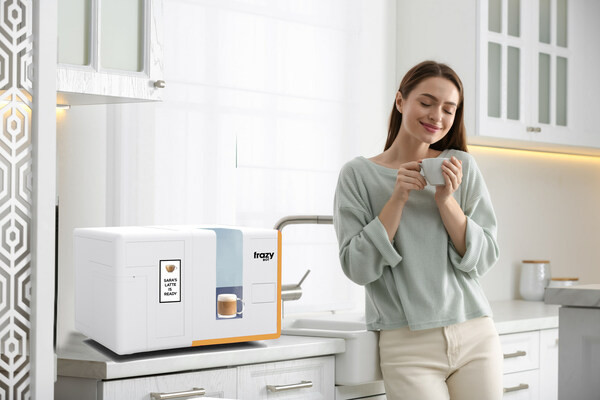The Canadian food and agtech ecosystem is experiencing significant growth, according to a new report published today by the Canadian Food Innovation Network.
The report, which dives deep into specific sectors, funding, sector sizing, key challenges and opportunities, says the Canadian agrifoodtech ecosystem lags behind global leaders in both funding and company concentration. According to the report, USD $1.6 billion has been invested in the sector since 2018, with plant-based proteins emerging as Canada’s largest food tech domain, valued at USD $1.7 billion in 2023. However, compared to its global peers, which tend to allocate just 17% of total agrifoodtech investments into agtech, Canada is a bit over-indexed in agtech with 44% of investments compared to 56% invested in food tech (56%).

Despite a total investment in food tech that is smaller relative to its global peers, the report says Canada is establishing itself as a hub for plant-based proteins, biotech-enabled functional foods, and upcycled ingredients:
“The Plant-Based sector is the most significant, comprising 26% of the Canadian food tech ecosystem (investment), compared to 14% globally. This is followed by Functional Foods & Drinks, representing 12% of companies, and Biotech/ Synthetization—primarily focused on specialty ingredients —with 7% of the Canadian food tech ecosystem. All three domains are also amongst the top five most represented globally.“
According to the report, the Canadian food and ag tech ecosystem faces key challenges relative to the US and other markets, the biggest of which is a lack of private capital. Only 40% of food tech investment rounds are backed by venture capital, compared to 60% in the UK and US. This means a heavy reliance on public grants, which comprise nearly 30% of total funding. This is much higher than in the UK (5%) and US (8%). Other challenges include limited scaling resources due to the country’s large geography and lower overall population density, a fragmented regulatory environment and lack of a national food tech strategy.
Despite these challenges, Canadian Food Innovation Network CEO Dana McCauley is optimistic about the sector’s future.
“These challenges are daunting: labour shortages, supply chain vulnerabilities, climate change, and slow rates of innovation threaten the resilience and sustainability of our food system. Yet, Canada’s foodtech ecosystem is rising to the occasion. By leveraging its unique strengths in plant-based proteins, biotech-enabled functional foods, upcycled ingredients, and beyond, the sector is driving transformative innovations that enhance sustainability, boost economic productivity, and create jobs across the country.”
If you’d like to read the full report, you can find it on the CFIN website.




























